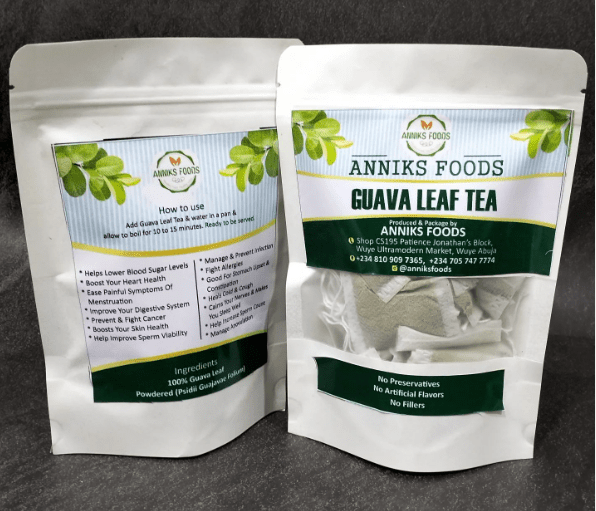
Whether you worked from home or not, odds are you spent a lot of time sitting inside this year. Will our bodies ever recover?2 days ago
I am not the woman I once was—by which I mean I am heavier, weaker, achier, more stressed, and generally more burned out than I was when the coronavirus pandemic hit the U.S. one year ago. I have a noticeable patch of wiry white “witch hairs” lining my side part, my jeans no longer button without cutting off my circulation, and for the first time in my life, I need concealer to cover up my dark circles.
Aesthetically, I’m proud to say I really don’t give a sh*t about these shifts in my body. Maybe it’s the constant reminder of my own mortality or the truly heroic work body-positivity advocates have been doing to silence the specter of the “quarantine 15.” But there are some things I can’t dismiss: a recurring pain in my left hip, a total loss of flexibility, the fact that a brisk walk up a hill now leaves me embarrassingly winded.
The smash cut to an almost completely sedentary lifestyle is to blame—millions of people have barely moved from their couches or makeshift home offices since last March. And even if working from home wasn’t an option, odds are you still spent all your free time indoors. If sitting really is the new smoking, how screwed are we after an entire year of this? I needed answers.
“Sitting isn’t ‘bad’ for us,” says Kathleen Jordan, M.D., SVP of medical affairs at Tia Clinic. “It’s been the increase in the amount of sitting and the lack of exercise that has led to us to be more sedentary that is concerning. A sedentary lifestyle isn’t allowing us to live our healthiest lives.”
It’s kind of shocking how powerful walking—or, more accurately, not walking—is. In the before times, you’d walk to the tube or your car, to your desk, to a conference room, to pee, to pick up lunch. You’d rack up steps running errands, browsing your favorite stores, meeting friends. “These daily walking opportunities have been lost—instead we stay at home, have store items delivered, and sit with a computer in front of us,” says Jordan. “And a sedentary lifestyle is a major causal factor for heart disease, stroke, and diabetes.”
Mental Health
Why walking could be the easiest (and cheapest) way to take care of your mental health
Even if you’ve been diligent about at-home workouts throughout quarantine, the nosedive in your daily step count could have implications for your health. “There are a lot of people who will sit around all week, and then on the weekend they want to be the workout warriors,” says Ileana Piña, M.D., professor of medicine at Wayne State University and Central Michigan University and American Heart Association Go Red for Women volunteer medical expert. “It’s the totality of the activity that matters.” In other words, even if you’re going for an hourlong run on Sundays, you’re not making up for the baseline level of cardio you got prequarantine. This is a big deal, considering that heart disease continued to be the number one cause of death in the U.S. in 2020 (coronavirus was number three).

A year of sitting on our butts at makeshift desks has also led to an epidemic of “pandemic posture,” as we slouch in front of screens parked in dining room chairs that have chiropractors the world over screaming. When you round your shoulders and your head falls forward, you overwork the muscles in your neck, which can lead to painful spasms, tension headaches, and pinched nerves, says Gbolahan Okubadejo, M.D., a spinal and orthopedic surgeon in New York City. “Pandemic posture can also put excessive pressure on the spine, which causes nerve damage, strained muscles, and weakness in the lower back,” he adds.
The list goes on: Poor posture puts pressure on your hips, causing stiffness and that sudden “Did I just age 30 years?” pain. It can cause excessive pressure on your back muscles. “A hunched back can also cause poor circulation; this affects oxygen supply and can lead to blood clots and high blood pressure,” Okubadejo says. “The long-term effects of pandemic posture include, but are not limited to, arthritis, circulation issues, temporomandibular joint syndrome, fatigue, headaches, and mild to moderate depression.”
That last part is particularly concerning. There is a powerful and well-documented connection between the mind and body. That can be a powerful wellness tool—or it can kind of screw you. “Loneliness and social isolation put us at risk for premature death, rivaling smoking in its negative contribution to our overall health,” says Jordan. “While it seems obvious that loneliness increases anxiety, depression, and suicide, it has also been associated with more heart disease, more hospitalisations, and death.”
How to unf*ck your body
Yeah, okay so your body is kind of screwed right now. But the very important good news: Even though it feels like we’ve aged 40 years since last March, a year of sedentary solitude likely isn’t enough to do permanent damage, according to the experts.
“Our bodies have muscle memory,” Okubadejo says. “The younger you are, the faster your body can rebound with the proper posture, exercise, and overall healthy lifestyle.”
The solutions aren’t complicated—just as becoming sedentary caused all these problems, getting more movement into your life will help turn back the clock.
1. Literally, just stand up
This is truly the easiest thing you can do to start prepping your creaky body to reenter the world. “When you’re sitting, your weight is supported, but when you stand, you have to support your weight,” explains Piña. “Just by standing, you’re already burning more calories and adding to your movement.” Simple. Take your next Zoom standing, or finally get that standing desk.
2. Obsess over your steps
“Walking is cheap and walking is a good exercise,” says Piña. The latest research suggests getting 7,500 steps per day can lower your risk of mortality—but chances are you’ve been getting a lot less than that over the past year. That’s okay. “If you do a thousand steps one day, then the next day, try to do 1,200 or 1,300,” says Piña. “We know that augmentation ends up giving you a better health status.”
Fitness & Exercise
How fit can I *actually* get from walking? If I walk 10,000 steps a day, can I skip the gym? All your questions, answered
If you feel safe going to get groceries in person, park far away from the door and do a couple of laps inside; skip yet another Zoom happy hour and turn your catchup into a walk; set a timer to go off every hour to remind you to take a walk break.
3. Yeah, you still gotta exercise
Walking and standing are relatively easy—and very important!—things to do. But getting some more intense movement is also recommended.
This is not about the number on the scale. “There has been much written about the ‘COVID-19,’ referring to weight gain in the pandemic,” Jordan says. “But I would caution, as we return to our social gatherings, against letting this negatively affect our self-image. Too often weight defines our self-image, particularly for women—we should instead focus on self-care and healthy habits.”
Exercise is important for physical health and longevity. “According to a review published in Circulation,” Jordan says, “people who engaged in 150 minutes of moderate-intensity leisure activity per week had a 14% lower risk of coronary heart disease. That’s over 75,000 lives per year in the U.S—a whole packed stadium full of people could be saved every year with regular exercise. You don’t need to run a marathon; you can also benefit from 10-minute intervals of exercise several times a day.”
Wellness
A year of WFH has left our bodies stiff and achy – here’s an osteopath’s top stretches to soothe lockdown joints
4. Please start stretching
Stretching is pretty much your only defense against the chair-to-couch-to-bed time warp that your body has been stuck in for the past 12 months. “Incorporating daily stretches and exercises into your routine”—especially shoulder stretches, neck stretches, and hip flexor stretches—“can undo some of the damage to your back, neck, shoulders, and hips,” Okubadejo says. “Some quick fixes for better posture include developing a strong core, stretching your chest against an open doorframe, doing planks and lunging while pushing the hips forward. You can also roll your shoulders back and keep your feet shoulder-width apart while standing to effectively deal with the effects of pandemic posture.”




















